The Independent's journalism is supported by our readers. When you purchase through links on our site, we may earn commission.
Doctors are now ‘prescribing’ Sweden – this is what happened when I ditched my phone for the Scandi wilderness
With Sweden now available on doctor’s orders, Annabel Grossman shares her experience of going off-grid in one of the most remote regions in Scandinavia

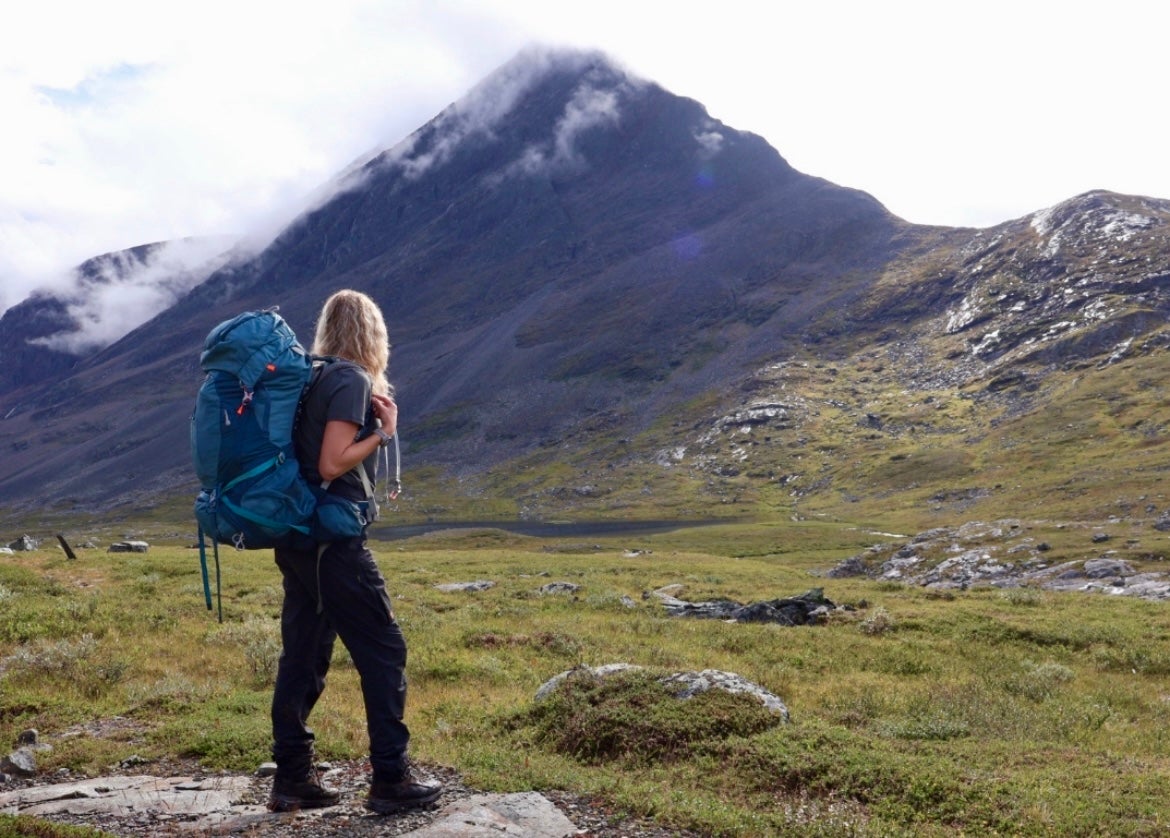
The news that doctors are now able to prescribe “Sweden” may well just be a stunt by a clever tourist board, but I think they’re onto something. In summer 2023, on the verge of burnout, I threw together a backpack with a tent, sleeping bag, cooking stove, freeze-dried food and waterproofs, and headed to Swedish Lapland for a hike that would take me to one of the remote places in Europe. Crucially, I left my phone behind.
Visit Sweden says: “Sweden’s unique way of life, rooted in balance and with easy access to both nature and culture, makes it an ideal place to reset your mind and body.” Listed activities for the prescription include wild swimming, sleeping under the stars, sauna bathing and listening to one of Sweden’s metal bands.
While, personally, I would give the heavy metal a miss, I can attest to the power of the country’s nature for physical and mental health. This is what happened when I gave myself over to the Swedish wilderness for five days.
The seemingly endless drizzle continues. I’m sitting in a valley in the shadow of the mighty Kebnekaise mountain in Lapland, somewhere (I’m not entirely sure where) along the Kungsleden Trail. My feet are throbbing inside my hiking boots, my back aches from the 15kg I’ve been hauling along the rocky landscape, and the cold is steadily seeping through my layers.
But more striking than any discomfort is the tranquillity. The mist sits gently over the valley in the early evening light, while long-tailed skua swoop low past our camp. Just minutes before, a herd of wild reindeer ambled along the ridge.
Perhaps this quiet content comes from the rugged beauty of the Scandinavian wilderness. Perhaps it comes from being 50km from the nearest road. Or perhaps it’s because I haven’t so much as glanced at my phone in the last 72 hours.
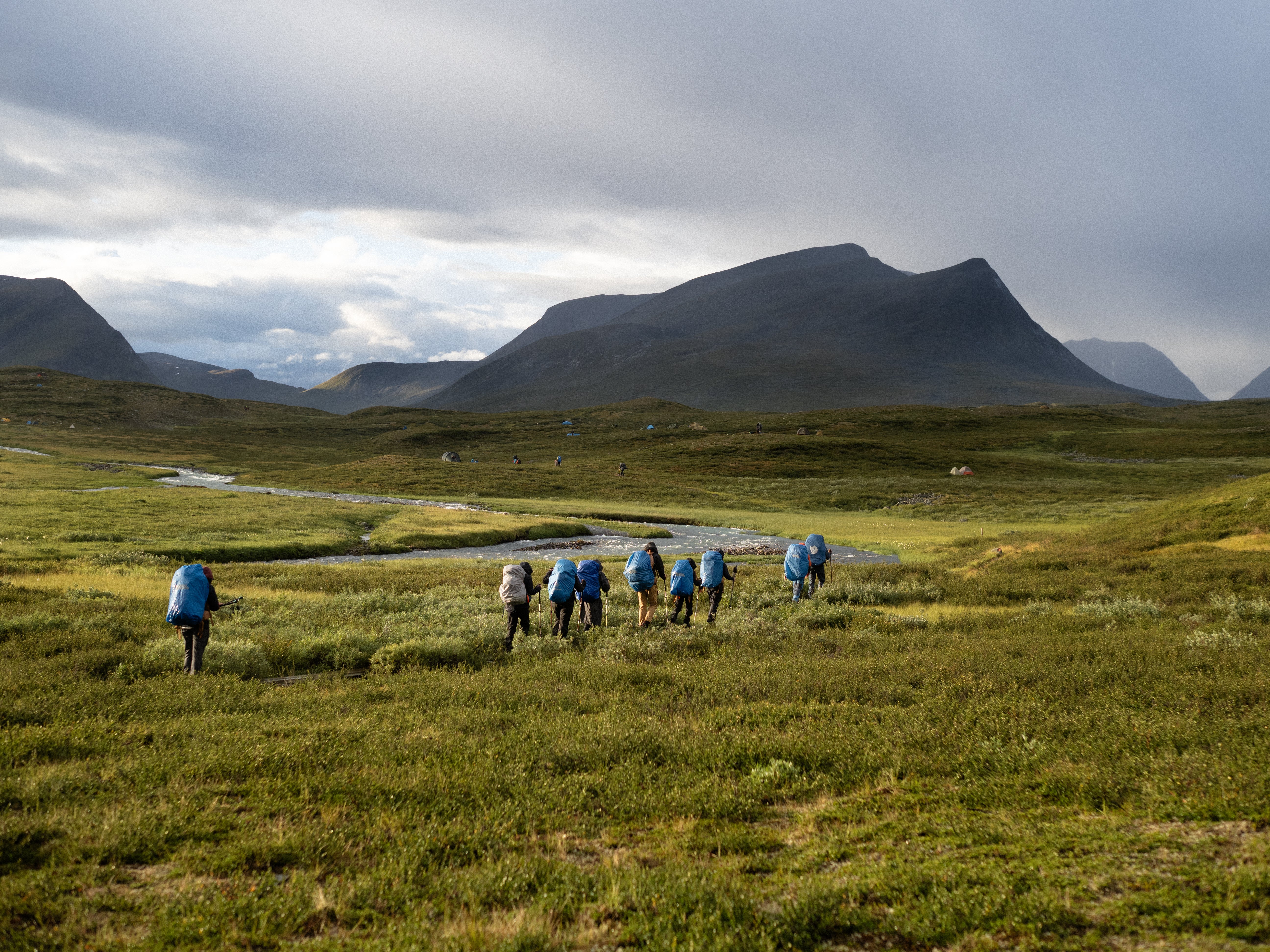
My trek into the wilderness couldn’t have come at a better time. Mid-Zoom meeting on the Monday before I flew to Sweden, an iPhone alert flashed up to inform me that my screen usage had increased by another 25 per cent. With one eye following the meeting on my MacBook screen and one eye on my mobile, I learnt that for the past seven days I had been averaging a total of six hours and 25 minutes.
I had been fairly certain I didn’t have a problem. TikTok confuses me, my Facebook account has been locked since circa 2017, and I still haven’t worked out how to use Apple Pay. But I was starting to get the creeping sense that I had fallen prey to the phone addiction we keep being warned about – chasing the dopamine hit of Instagram likes, anxiously checking my Slack and mindlessly scrolling news apps.
Read more: The five-day trek in the Guatemalan jungle that’s worth every blister
So that was it; I decided I would go cold turkey. I was facing five days backpacking and I would do it without my phone.
The stretch of the trail I hiked actually had no phone service for the vast majority of the way, so whether I liked it or not, I knew I’d be on an enforced digital detox. I was hiking as part of the Fjällräven Classic, an organised trek that’s designed to help backpackers experience the outdoors as part of a safe and supported experience. It’s one of the few places in Europe where there’s no access by road; once you start on the trail, there’s no bailing out – you either go forward to Abisko or back to the start at Nikkaluokta (unless you fancy being hauled out by helicopter).
So I put on my “out of office”, set my statuses to “away”, gave myself a crash course in using a real camera and said goodbye to my 907-day Duolingo streak. Five days of hiking and four nights of camping later, this is what I’d learnt.
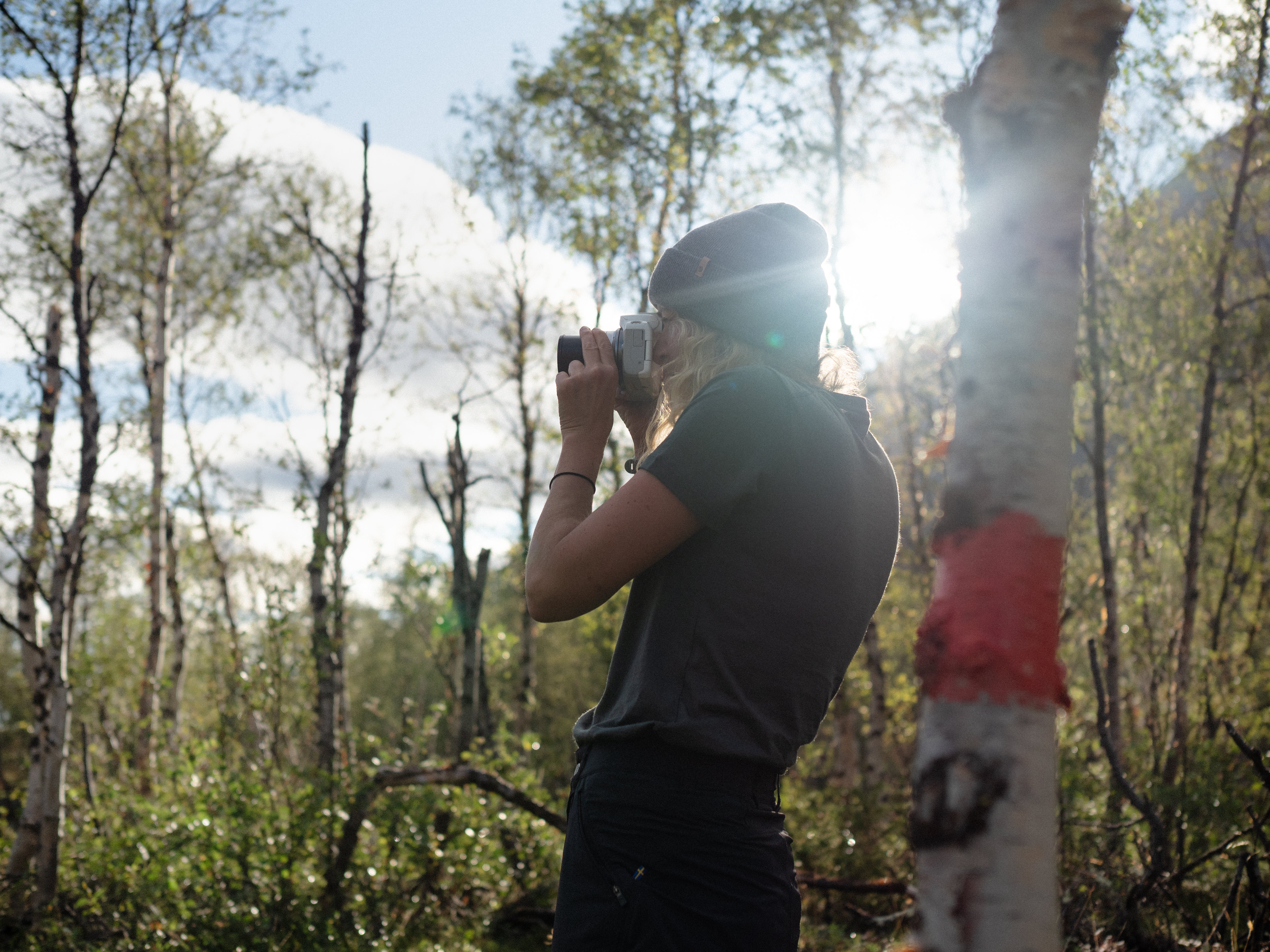
Smartphones are actually pretty great
Before the trek, I had read through the endless stats, studies and anecdotes on the evils of smartphones; these little devices manipulating our minds and dragging us into an attention vortex, isolating us from any meaningful human connection. But this trip did give me time to think about how I use mine.
Normally, when hiking, I choose the trails using my phone, have the digital map to hand, and – perhaps most importantly – I know that (when service permits) I can call for help. When on the road, I’m able to book a hotel at the tap of an app, I can chat to my friends on WhatsApp, and FaceTime my family from hotel rooms on the other side of the world. Rather than isolating me in a digital cage, I often thank technology for keeping me connected and able to explore the world.
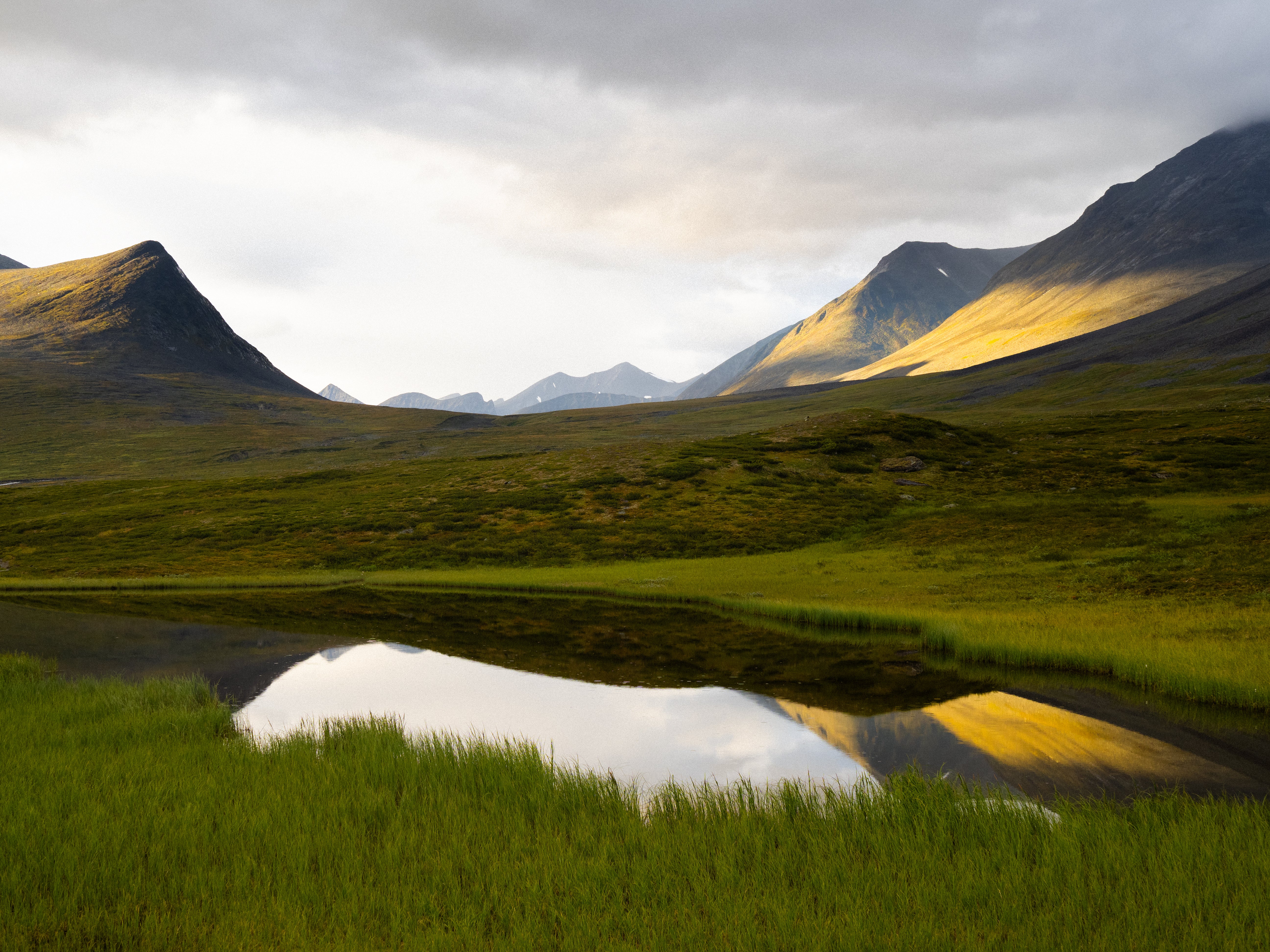
Among the other hikers in my group, I was joined by Sebastian Slovin, founder of Nature Unplugged, an organisation that works to inspire wellness in the digital age – essentially getting us off our phones. And surprisingly, for a man who has dedicated his career to helping us unplug from our digital lives, he agreed with me that technology is a blessing.
But what Sebastian was clear about is that we’re not using it properly; in order for our tech use to be beneficial, it needs to be intentional. And here I think he may be on to something.
Read more: What it’s like to hike Japan’s ancient Kumano Kodo trail
They’re also more problematic than I realised
Those stats that I mentioned, some of them are pretty chilling. When you’re rushing around at home, it’s easy not to notice that you’re checking your phone 150 times a day or that your sleep is disturbed to the extent that your mental and physical health deteriorates. But once you ditch the phone and notice yourself unconsciously reaching for your pocket to clutch a device that isn’t there, it starts to hit home.
As we wound our way along the trail, Sebastian told me: “Being connected to our devices 24/7 and constantly ‘on’ leads to stress, fatigue and burnout. We’re seeing higher instances of isolation, loneliness, depression, anxiety, self-harm and suicide than ever before.”
When he spoke about the intentional use of technology, Sebastian made clear that we should be in control of our phones and not the other way around. He explained: “With intention, we can use our devices/tech as a tool that can enhance our lives. Without intention, it’s all too easy to end up in a vortex of nonstop notifications, news, emails, likes, etc, that can take control of our lives.”
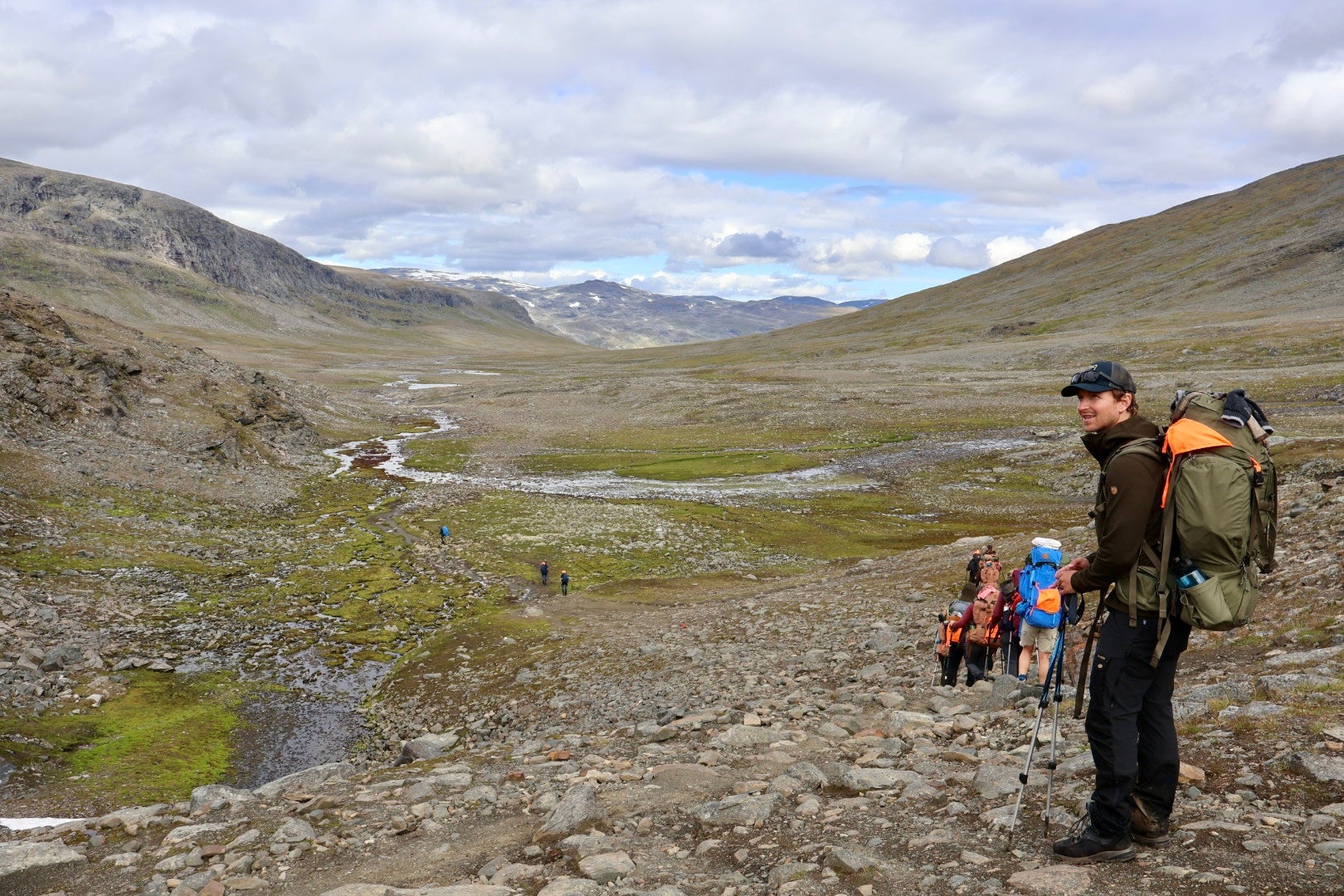
The call of the wild
The good news is that we’re not necessarily all doomed. Plunge yourself deep into the wilderness and you get a crash course in how nature can relieve stress and calm an anxious mind – it is, as Sebastain told me, the perfect antidote to tech over-use. “Spending just a few minutes in nature boosts positive emotions, reduces blood pressure, heart rate, and cortisol levels,” he explained.
At first, it was the cold, the damp and the sore feet that distracted me from even caring I had no phone. But soon the repetitiveness of steadily plodding down the trail, sleeping with the sunlight, and the knowledge that you have everything you need on your back became soothing. It was as rugged and remote as you’d expect high above the Arctic Circle, with the trail winding through birch forests, past mountain lakes, across barren plains and through the shadow of snow-capped peaks.
Not having a phone at home in London may have been irritating, but when sleeping in mossy valleys, swimming in icy cold lakes and cooking under wide dark skies, it felt like a relief.
Read more: Meet the women running remote refuges in the wilds of the French Alps
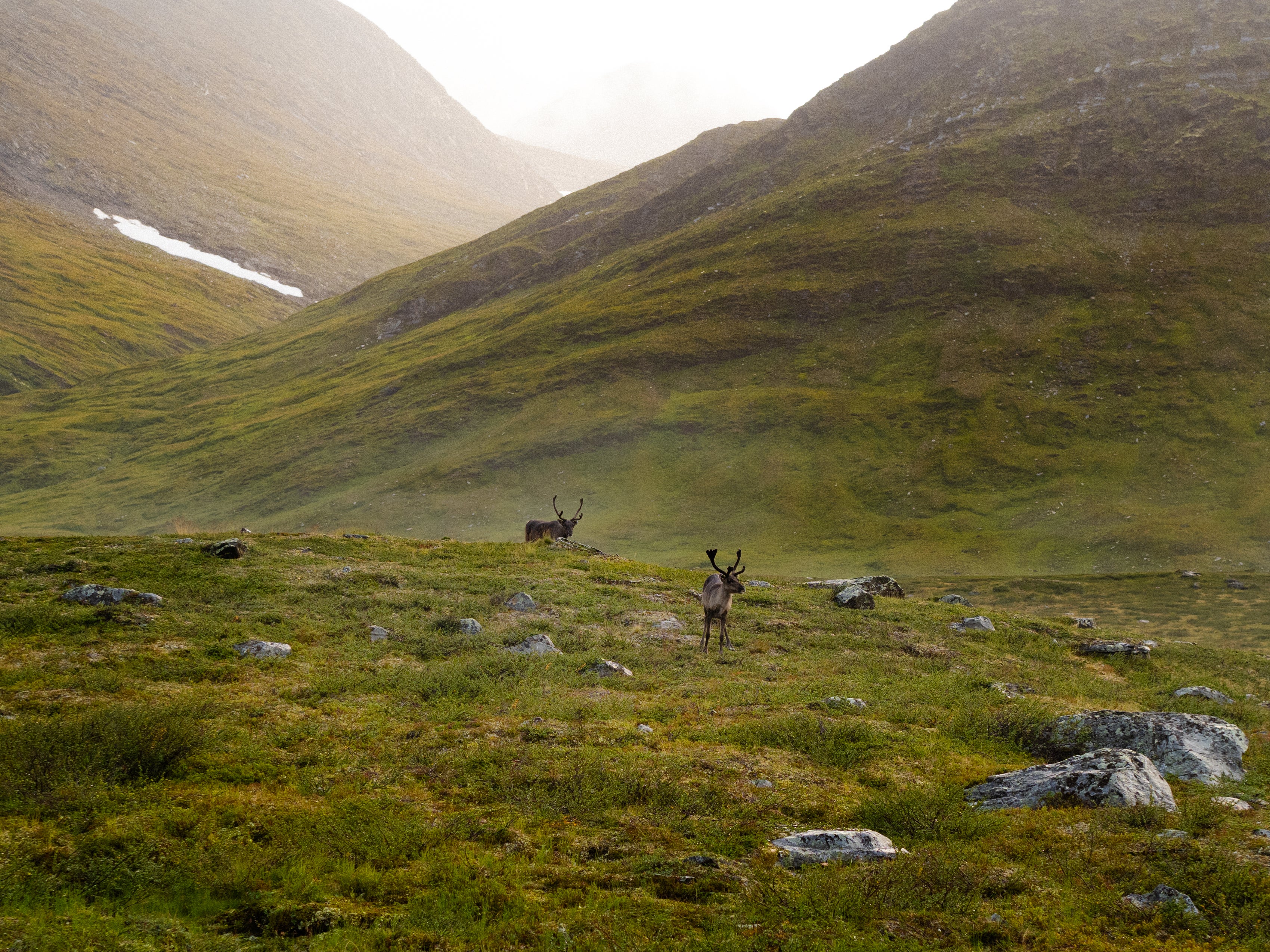
Human connection > WhatsApp connection
When you eat, sleep, hike, cook, pitch tents, bandage blistered feet, and tape up broken poles with a group of people, you become pretty close. No doubt these bonds would form anyway, but not having a phone wakes you up to how precious they can be.
On breaks where I’d probably be scrolling my Instagram or answering WhatsApp, I was instead chatting with my group. I’m sure I learnt more Spanish from listening to the Chilean and Brazilian hikers discussing ex-president Bolsonaro on the trail than I would tapping away at my Duolingo. And I’m fairly certain my bag fit more comfortably when one of my fellow hikers adjusted it snugly against my back rather than if I’d googled how to do it.
Sebastian agreed: “Being immersed in nature and just walking and talking with other humans (in person) – there is something amazing about that. Maybe because, as humans, we’ve been doing that since the beginning of our time here. And it’s only very recently that we’ve been focused more on screens than on nature and the people around us.”
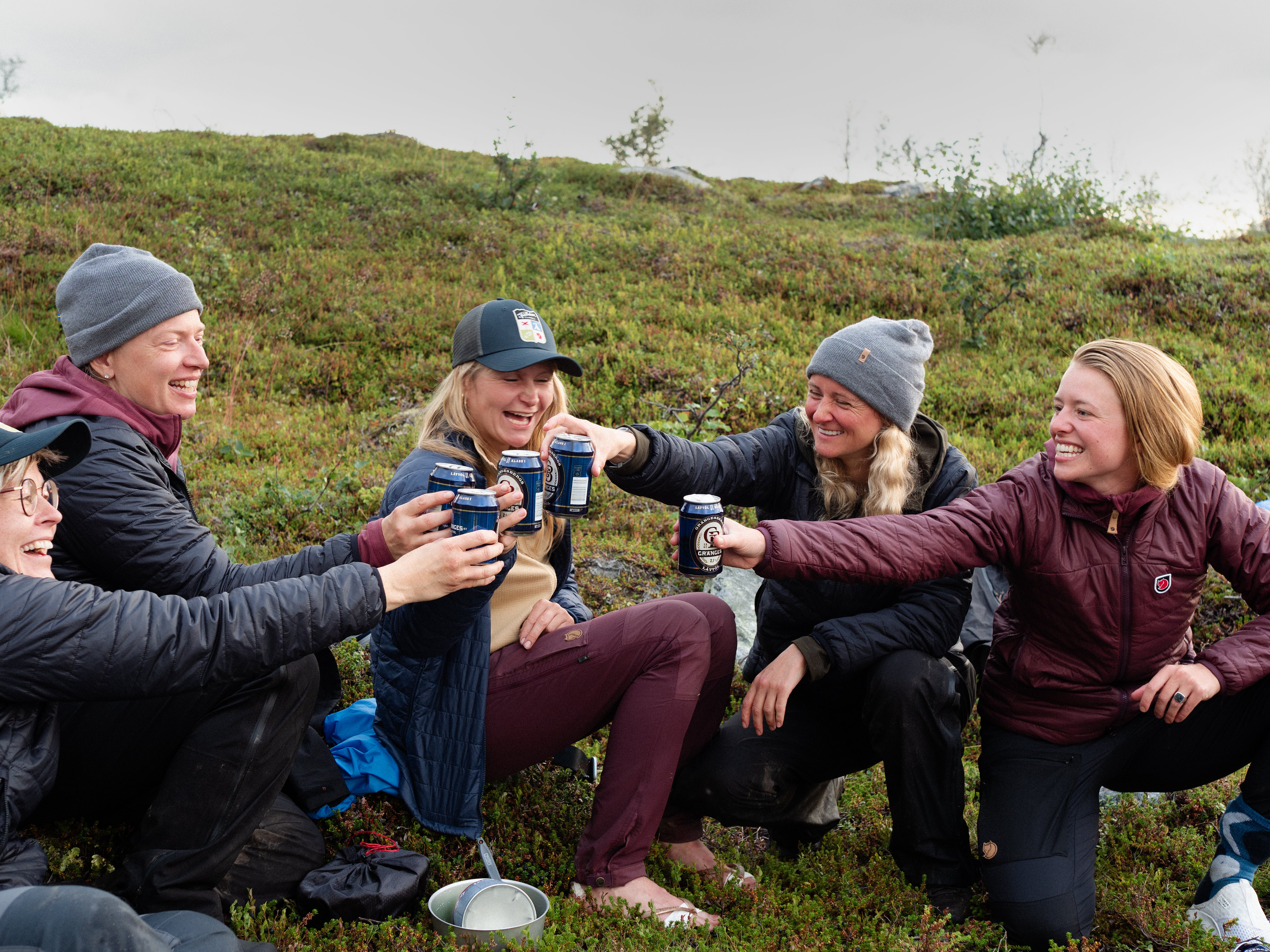
Now I’ve been home from Sweden for a few months. My bedroom isn’t tech-free; I still sleep next to my phone and it’s the first thing I look at in the morning. I’m prone to the odd Instagram doom scroll and, yes, I probably do check it 150 times a day.
But if nature can be an antidote, I think I’ll take the poison – and plan my next hike soon.
The Kungsleden Trail
The Kungsleden Trail (which translates to The King’s Trail) runs for more than 400 kilometres from Hemavan to Abisko in northern Sweden. We hiked the most famous length of the trail, between Nikkaluokta and Abisko. It’s a largely flat but rocky trail, with the highest point at the Tjäktja Pass sitting at 1,150 metres above sea level, which is manageable for anyone of decent fitness. Hiking at around 20-25 kilometres a day, you should complete this section of the trail in around four and a half days. If you want to take a detour and climb to the summit of Kebnekaise, then you’ll likely need to add a further day on.
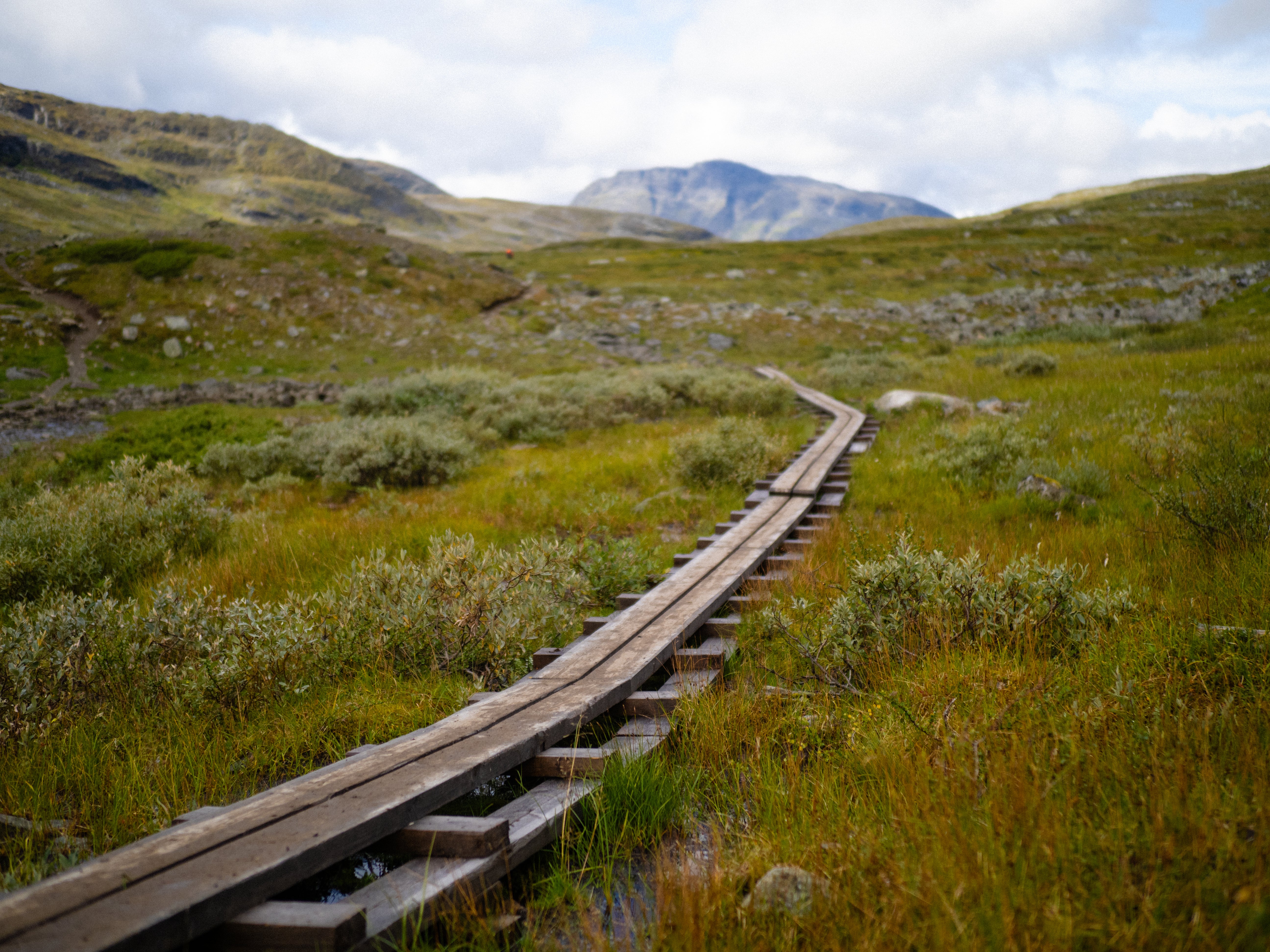
How to get there
Kiruna is the best airport for accessing the Kungsleden Trail. From the UK, you’ll likely need to travel via Stockholm, which is served by a number of major airlines including British Airways, Ryanair, Norwegian and Scandinavian Airlines. Flight time direct from London is about 2 hours and 30 minutes. For Edinburgh and Manchester, you’ll need to change. Regular flights also depart from Oslo and Copenhagen to Kiruna airport. Scandinavian Airlines flies from Stockholm to Kiruna with a flight time of around one hour and 40 minutes.
Transfers are available to both Nikkaluokta and Abisko from Kiruna airport, but you’d probably be best advised to stay a night in Kiruna city before hitting the trail. Buses run frequently to Nikkaluokta and Abisko, which take 1-1.5 hours, costing from SEK499 (£38).
Where to stay
Hotel Arctic Eden
There are plenty of accommodation options in Kiruna, including hotels and Airbnb. Hotel Arctic Eden will serve you well for a night or two. It’s basic and the food is so-so, but the rooms are comfortable and right next to a bus stop where you can catch the bus to Nikkaluokta to start the trail.
Abisko Mountain Lodge
In Abisko, it’s worth treating yourself to a stay at Abisko Mountain Lodge when you come off the trail. The food is excellent, the rooms are small but cosy, and the staff are incredibly fun, friendly and welcoming. The lodge also has a sauna, which you’ll no doubt appreciate after several days sleeping in a tent, and it is a very Scandinavian way to recover after a long hike.
Read more: The benefits of wild camping and why everyone should experience it
Join our commenting forum
Join thought-provoking conversations, follow other Independent readers and see their replies
Comments